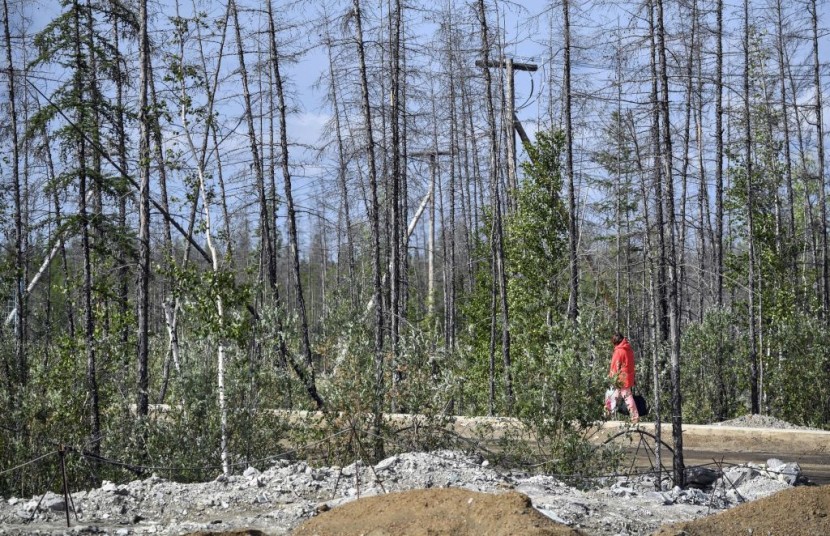
In 2018, an international team of scientists announced they had discovered and revived two types of microscopic nematodes, roundworms that can only be viewed through a microscope, that were found in the Siberian permafrost, estimated they have been 42,000 years old.
Since then, the Scientific American reported, the creatures were the subject of more research, pointing out that one of the nematode varieties represented a new species called Panagrolaimus kolymaensis, named for the Kolyma River in Russia's Siberian hinterland where they were found.
The research about the new worm species was published Thursday (July 27) in the journal PLOS Genetics. The study revealed the new kind of worm's survival mechanism was compared with the one found in another nematode species called Caenorhabditis elegans - a model organism used in laboratories around the world.
The research also claimed the P. kolymaensis were actually 46,000 years old based on their dating of plant matter found with the nematodes.
"The radiocarbon dating is absolutely precise, and we now know that they really survived 46,000 years," said study co-author Teymuras Kurzchalia, a cell biologist emeritus at the Max Planck Institute of Molecular Cell Biology and Genetics in Dresden.
Tough Kind of Worms
According to Maynooth University biology professor Ann Burnell, who was not involved in the study, species of Panagrolaimus worms are found around the world and were known for surviving in environments that regularly expose them to desiccation or freezing.
If the worms really are as old as the study suggests, they would be by far the most stunning examples of what scientists call cryptobiosis, an organism's ability to suspend its own metabolism in poor conditions.
Another scientist who was not involved with the study, University of Otago zoology professor David Wharton, added such a feat was an "impressive and interesting piece of work."
Criticisms from Some
However, there are some who question the study, such as Brigham Young University biologist Byron Adams. "I would love to believe that the animals they are describing have survived being frozen for 40,000 years in permafrost," Adams said. "And if I were a betting man, I would bet that it could actually happen, and these things really are this old."
He additionally contended the paper's analysis did not prove the worms' age but only that of the plant material found nearby, saying the researchers have not done the work to show the animals they recovered were not simply surface contaminants.
Adams also argued Kurzchalia was not involved at all with the original collection process, which was conducted as early as 2002 as part of a years-long series of excursions. To the researchers' credit, on the other hand, he conceded the sterility procedures the scientists used to avoid contamination were trustworthy.
In addition to the radiocarbon dating, the authors of the new study also confirmed they could successfully induce the nematodes to enter and exit the dormancy-like state of cryptobiosis using special preparatory cues. But to this manner Wharton disagreed, saying the freezing mechanism the researchers tested was not realistic because it involved drying the nematodes out before abruptly freezing them. It was more likely that in nature, temperatures gradually fell while water remained present, he added.
© 2025 HNGN, All rights reserved. Do not reproduce without permission.








